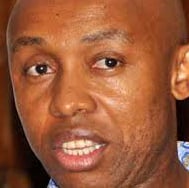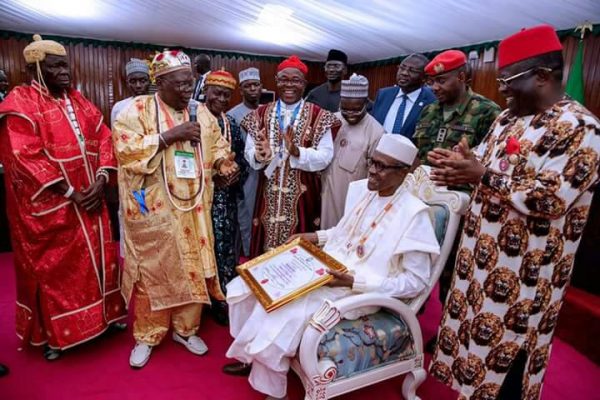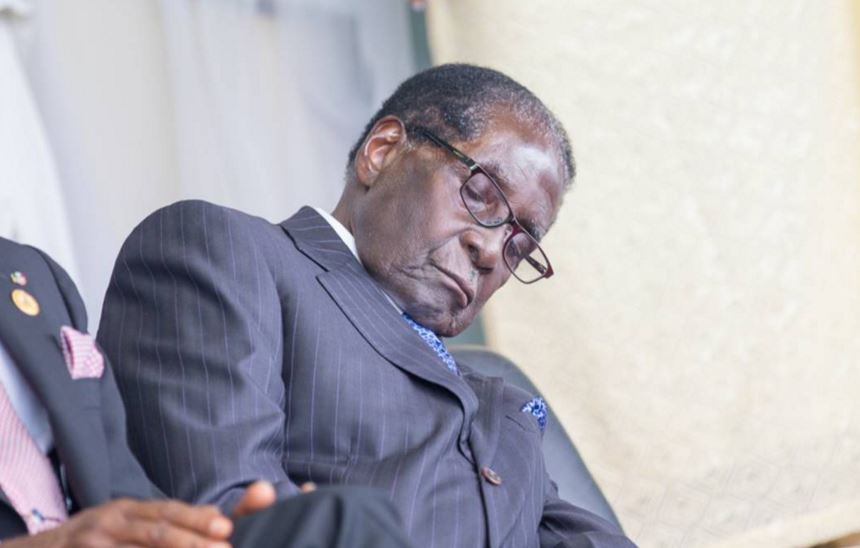Education may, at last, be receiving some attention in Nigeria. In Kaduna state, Governor Nasir el-Rufai is wielding the broom of his ruling All Progressives Congress (APC), against teachers in a controversial proposal to sweep away an estimated 22,000 of them who’re apparently unfit for the vocation. The supply line for competent replacements on this scale is unclear.
President Muhammadu Buhari’s 2018 budget proposes N605.8 billion to education, with N435.1 billion for recurrent, N61.73 billion for capital expenditure and N109.06 billion for the Universal Basic Education Commission (UBEC). This continues a pattern of lower spending on education for the fourth consecutive year from a high of 10.78% in 2015. In 2016, education received 7.92%, falling to 7.4% in 2017, before the most recent estimate, a mere 7.04% of the proposed budget of N8.6 trillion.
These numbers are, of course, a far cry from the UNESCO recommended level of 26%. Many are justifiably sceptical that Nigeria’s education sector currently has anything like the capacity to absorb spending on that level.
In Abuja, on Monday, 13 November, President Buhari hosted a Cabinet retreat on education. Vice-President Yemi Osinbajo, himself a teacher of considerable stature and Education Minister, Adamu Adamu, also addressed the retreat. Besides the presentations, the retreat involved little deliberation and ended with an inconclusive communique.
Advertisement
A high point of the Cabinet retreat was the presentation of Minister Adamu Adamu’s “Education for Change: A Ministerial Strategic Plan, 2016-2019.” Launched in August 2016 and better known under the acronym MSP, its title is a play upon the “Change” mantra of the APC, and the United Nations’ Education for All campaign. At over 120 pages, most Nigerians, including senior staff of the Federal Ministry of Education (FMoE), are unlikely ever to read the MSP. In his foreword, Minister Adamu promises to “welcome rigorous discussion with all levels of stakeholders to ensure a sustainable and enduring document.”
The MSP offers the Minister’s vision for education in Nigeria, setting out three strategic outcomes namely: improving access, enhancing quality and strengthening sectoral systems. The scope covers ten major areas. Under access, the MSP focuses on out-of-school children (OOSC); adult and special needs; technical and vocational; as well as basic and secondary education. Under quality, it addresses teacher education, curriculum in basic and secondary education as well as quality and access in higher education. Turning to systems, the MSP addresses education data and planning; information and communication technology (ICTs), and library services.
The MSP has some appealing features. For instance, it places priority on the twin challenges of OOSC and mass illiteracy. The plan estimates the number of OOSC at 10.5 million and illiteracy at 38% of Nigerians or 60million. With reference to OOSC, it proposes “a state of emergency on education in the states most affected by the insurgency.” By 2019, the plan will reduce by half the number of illiterate people in Nigeria through the deployment of 170,000 instructors, 100,000 of whom will be mobilised by the Federal Government and another 70,000 by the States. For the first time, the MSP offers a plan for pre-primary (nursery) education curriculum and also to close the policy gap which senior secondary education languishes outside UBEC. It rightly identifies the absence a national language policy as problematic.
Advertisement
Despite these features, the MSP suffers serious flaws. First is its methodology. By its own admission, the document “derives from six main sources”, including the APC manifesto; “the campaign promises of President Muhammadu Buhari,.… contributions from departments and parastatals in the Ministry; the reports, plans and documents that were produced in the past; contributions from our development partners; and our own insights.” There was no public participation it its development and it shows.
Second, in an age defined by data, the MSP is data-light. Its pivotal planning data are dubious or dated. Take the issue of OOSC, for instance. The MSP claims that Nigeria has “10.5 million out-of-school children”, a figure first used by the FMoE in its planning 11 years ago in 2006. Something is evidently wrong if it’s still the basis of planning today. Contradicting the MSP, President Buhari informed the country at the retreat that in Nigeria “an estimated 13.2 million children are out of school”, which is 33.3% or one-third more than the estimate by the MSP. In planning terms, this is disastrous.
Third, the MSP doesn’t make any coherent connection between its mission and its methods. It states the mission of the FMoE as “fostering the development of all Nigeria citizens to their full potentials, in the promotion of a strong, democratic, egalitarian, indivisible and indissoluble sovereign nation under God.” Yet, it is silent on inputs, programmes or outcomes linked to its mission in support of democracy, coexistence or civics. In particular, the entire policy omits any acknowledgement of the Unity Schools which were established under the Ministry precisely for this purpose.
Fourth, besides some half-hearted mention of NGOs and a laconic nod to “development partners” the MSP curiously has no place for partners. Oddly, however, it acknowledges: “the percentage of Nigeria’s budget committed to education is very low and needs to be upped” and adds that “well over 90% of the federal and state governments appropriations to the sector are committed to the payment of staff salaries and allowances.” Rather than see in this an opening for sharing stakeholding with other partners and models in the education sector – such as private providers, PTAs, old students as well as trusts – the MSP merely limits itself to spreading “costs across all different levels of government.”
Advertisement
Fifth, other than a complaint about “severe shortage of ICT skills and personnel” and “poor funding of ICT in education”, the MSP does not seriously explore the use of ICTs in pursuit of Education for All or synergies with private content and platform providers. Illustrating its own limitations, the MSP is not available on any public platform.
Above all, more than one year after its launch, most of the MSP’s benchmarks remain un-costed promises that are not time-bound besides a vague commitment that “the cost of all remaining activities will be estimated” once the FMoE can “define all non-Federal activities in a separate ‘supplementary implementation plan’ of the MSP.” There are also no identified savings anywhere. Instead, it proposes to increase already bloated education overheads by elevating the National Board for Arabic and Islamic Studies (NBAIS) to a parastatal. Bluntly, the MSP is remarkably lacking in any sense of urgency or efficiency.
These and many more flaws in the MSP highlight the reasons why Nigeria’s educational sector is in a difficult place. Education is a national priority on the Recurrent list. States need both a coherent policy environment and a willing partner at the federal level. The MSP does not promise to bring such a partner to the table. On its face, it threatens to be a missed opportunity compounded by a failure of imagination. The Minister has asked for help. If he is serious, he should take the MSP to the country.
Odinkalu is the president-general of the Unity Schools Old Students Association (USOSA)
Advertisement
Views expressed by contributors are strictly personal and not of TheCable.







